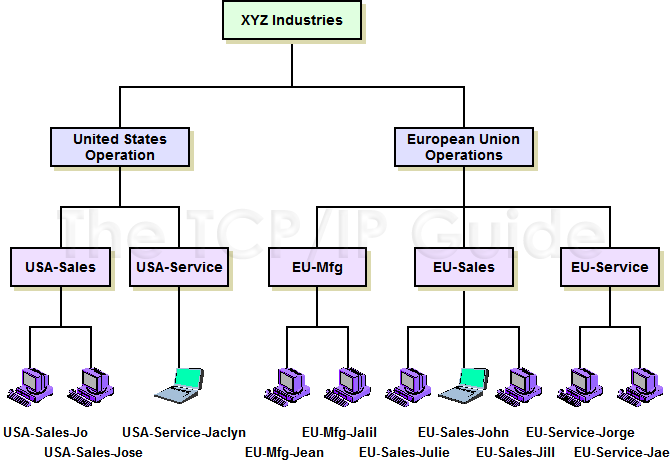 |
|
Please Whitelist This Site?
I know everyone hates ads. But please understand that I am providing premium content for free that takes hundreds of hours of time to research and write. I don't want to go to a pay-only model like some sites, but when more and more people block ads, I end up working for free. And I have a family to support, just like you. :)
If you like The TCP/IP Guide, please consider the download version. It's priced very economically and you can read all of it in a convenient format without ads.
If you want to use this site for free, I'd be grateful if you could add the site to the whitelist for Adblock. To do so, just open the Adblock menu and select "Disable on tcpipguide.com". Or go to the Tools menu and select "Adblock Plus Preferences...". Then click "Add Filter..." at the bottom, and add this string: "@@||tcpipguide.com^$document". Then just click OK.
Thanks for your understanding!
Sincerely, Charles Kozierok
Author and Publisher, The TCP/IP Guide
|
|
|

Custom Search
|
|
Name Spaces and Name Architectures (Flat and Hierarchical)
(Page 2 of 3)
Hierarchical Name Architecture (Hierarchical or Structured Name Space)
In this architecture, while names consist of a sequence of symbols, these symbols are assigned using a specific and clear structure. The name consists of discrete elements that are related to each other usually using hierarchical “parent/child” semantics. There are many naming architectures in various contexts that use this type of hierarchical structure; for example, consider how a large company might set up an organization chart and name the executives and officers in the organization. One hypothetical example of a hierarchical name architecture is illustrated in Figure 233.
|
The best-known real world example of a hierarchical name space is the name space of the TCP/IP Domain Name System, which uses text labels separated by periods (“dots”) to form an internal structure. All the names in the system are organized into a structure, and a particular device's place in the structure can be determined by looking at its name. For example, “www.tcpipguide.com” refers to the World Wide Web server for The TCP/IP Guide, which is named under the umbrella of “COMmercial” companies.
|
| |||||||||||||||||||
Home - Table Of Contents - Contact Us
The TCP/IP Guide (http://www.TCPIPGuide.com)
Version 3.0 - Version Date: September 20, 2005
© Copyright 2001-2005 Charles M. Kozierok. All Rights Reserved.
Not responsible for any loss resulting from the use of this site.







